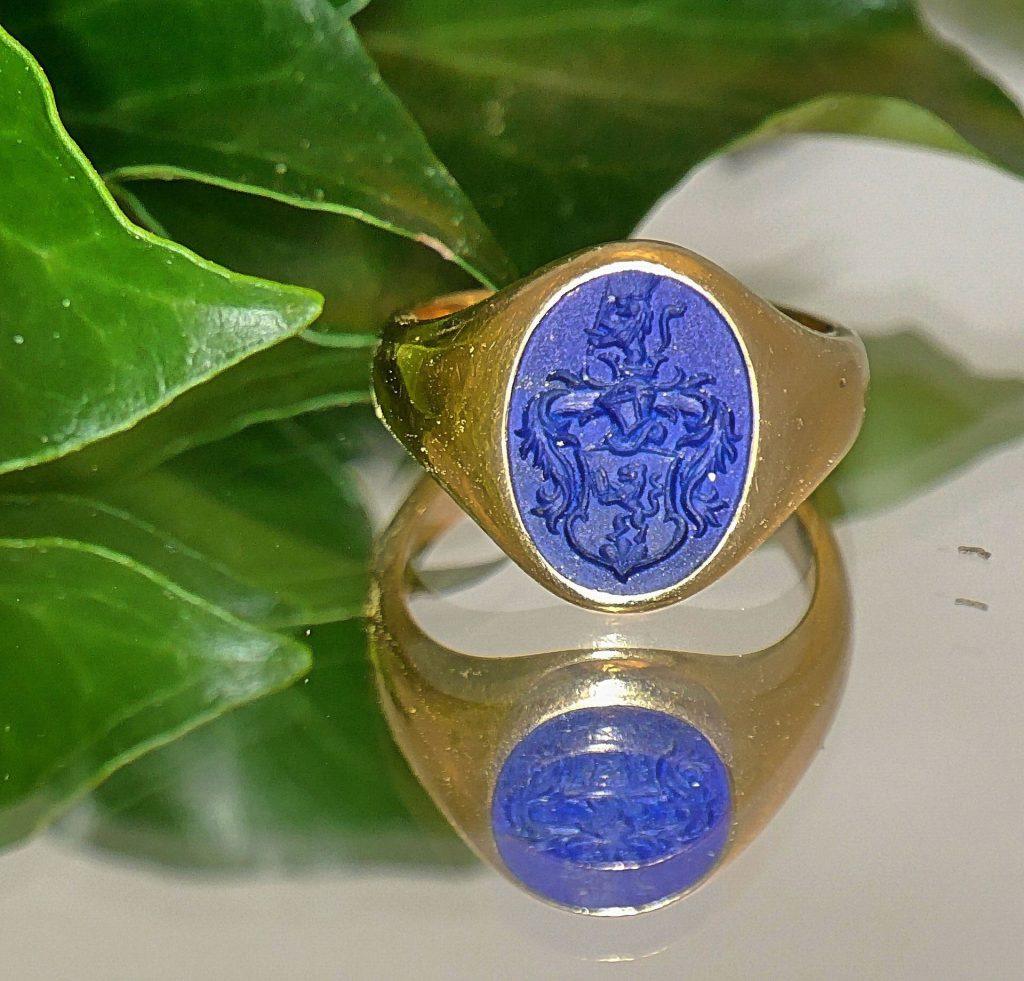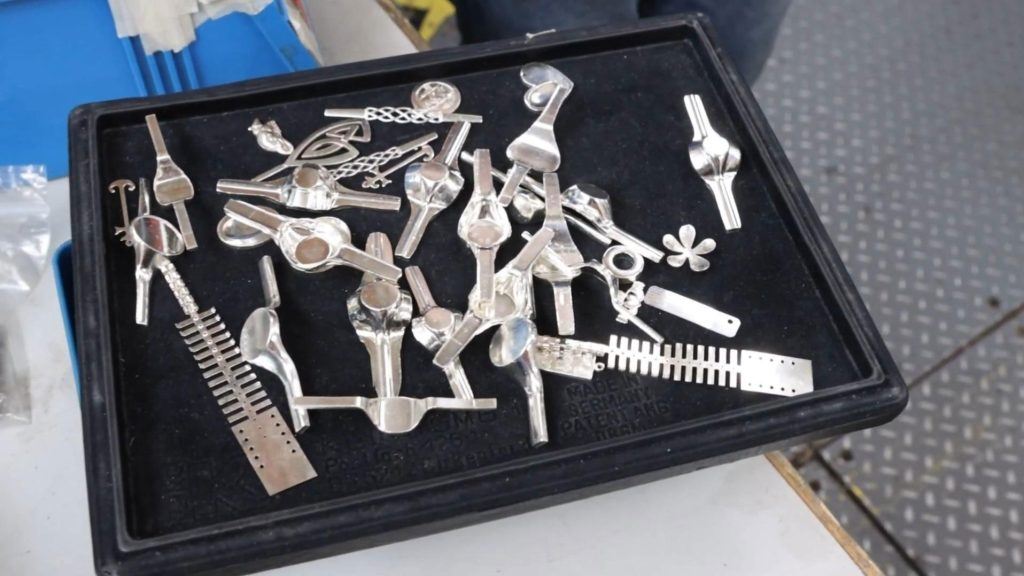A signet ring is a timeless accessory emblazoned with a unique crest or mark. They are typically used to mark soft wax or clay to stamp a document. They started out as markers of wealth and authority reserved only for royalty and nobility, but how did they become the popular accessory that they are today? Read on to learn the history of signet rings.

The history of signet rings began in around 3500 BC, where they evolved from cylindrical seals. Ancient Mesopotamians would use these seals to mark authenticity. However, it was the Ancient Egyptians who first attached these seals to a ring. Pharaohs and other important people would wear these rings, carved from hardstones or quartz, to show status and authority. In later years, the rings started to be formed from soft stones and ivory. Important women and queens of ancient Egypt would also wear them.
Signet rings were also widely used in Ancient Greece and Rome. Sometimes, they were decorative items but sometimes they were more functional.
By the end of the Minoan period, people created these rings from harder stones, and the Bronze Age saw a shift to metal rings. This is reflected in their design today. This is when they started to be considered an art form, featuring in many people’s personal collections.
During the Middle Ages, sealing wax was also made more available, leading to signet rings becoming quite the signature piece. Most influential people had one, to mark themselves as members of the highest class, and their stamps were considered more authentic than signatures. These generally took the form of coats of arms and crests, but became more ornate as time went on. In the 14th Century, King Edward II decreed that all official documents must be signed with the King’s signet ring.

In the Victorian era, signet rings shifted to become more sentimental pieces; friends would commission signet rings to be created for each other. They also took on an aesthetic change in the 18th and 19th Centuries, when precious and semi-precious jewels were added to them; the most popular ones being ruby, garnet, amethyst, bloodstone, and chalcedony. Platinum signet rings became quite popular, and signet rings were used slightly less for legal reasons. However, they continued to be used as fashionable status symbols, although mainly reserved for royalty and aristocrats.
Today, signet rings are getting a resurgence in popularity. Despite not using them to mark documents, as signatures are now used for this, people may wear signet rings to identify their class, or membership in a certain group. Their usage in wealthy families seems likely to continue, as generations pass them down to each other. But it’s not just the wealthy that wear them today; fancy and simple designs are both easy to find. They’re popular to wear at special family events like birthdays, weddings, and graduations.

Due to how versatile signet rings are, as fashion statements and status symbols, it is no wonder that they are still popular accessories today.
Take a look at some of our signet rings being made in our hydraulic stamping machine:


We want to see the signet rings that you have been creating! Share them with us on social media, tagging Cooksongold on Facebook, Twitter and Instagram.
Charlotte Murray
